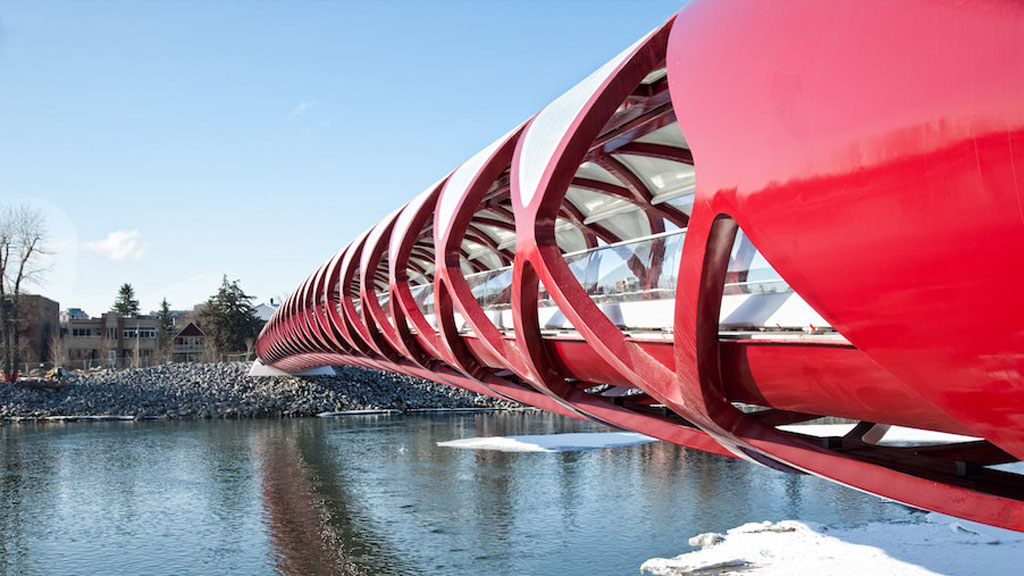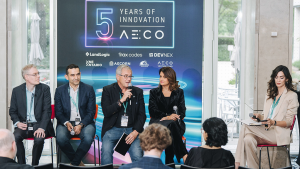As sustainability increasingly becomes a more important part of the construction process, large companies like Graham Construction are working to refine their approach.
Mike Court, Graham’ s vice-president of health, safety, environment, quality and sustainability, explained the company first rolled out its health, safety and environmental management system (HSEMS) around 2011. The system is based on an ISO 45,000 standard, a global standard for occupational safety and health management systems that includes a continuous improvement cycle.
“I would say we have continuously improved and definitely in the last three to five years we have put a lot more focus on the environmental piece, specifically around training our people, environmental awareness, hiring more environmental staff to help us instead of consultants so we have internal expertise,” said Court. “I’m now looking after sustainability as a whole and we are putting a heavy focus on sustainability and ESG (Environmental, Social, and Governance) going forward and re-establishing our framework and processes around ESG and reinfusing into the business. And the ‘E’ in ESG is very important to us in terms of looking at our fleet management, emissions reductions and some of the projects we do too. It’s making sure we understand our current state and setting some benchmarks for future states.”
Court explained the Graham approach. Prior to project award, the bidding team identifies potential environmental hazards. Upon award, the team prepares a project-specific environmental management plan, embedded into the HSEMS.
In a design-build contract, environmental considerations are included in the design and cover the planned facility’s construction methods, materials, landscaping and more. The project owner’s specific environmental rules or requirements are also incorporated.
All project personnel, crafts and subcontractors are briefed on Graham’s plan and are strongly encouraged to work according to it. Subcontractors are also asked to prepare their own environmental risk assessment and management plan covering their scopes.
“From a contractual basis, they get it, they understand it,” said Court of subcontractors. “Those that may not be as sophisticated or have processes in place would obviously use ours and we support them and partner with them, which I think is critical. The more we partner with our subcontractors, the better relationships we have.”
Not only is it good for the environment, it’s also good for future business, explained Court.
“In my opinion, we are definitely seeing more questions being asked in our bids around sustainability and ESG,” said Court. “You can see it in industry. You can see it in the news that ESG investing and sustainably is a major focus at a lot of companies, including ours. I think personally that if we don’t get ahead of this, we won’t’ be playing in the same sandbox. I think it is coming and coming faster than most people realize.”
Graham’s approach covers air emissions, waste management, erosion and sediment control on the ground and for any stream or waterbody, protection of materials and equipment from weather, dust, dirt and moisture, protection of trees and other vegetation, minimizing impact on wildlife (including restricted activity periods like nesting birds), and recognizing historical or heritage features.
The evidence the approach works is fewer incidents.
“We are really focusing on sustainability strategy short-term, mid-term and long-term, which obviously includes a heavier focus on the environment,” said Court.
He noted this includes reducing fleet emissions, reducing the environmental footprint of Graham’s offices and facilitating a cultural shift.
“There is going to be a transition period,” said Court. “This stuff doesn’t happen overnight. The cultural shift is probably the biggest one – making sure that we embed ESG into our business strategy and into our processes going forward so that it just becomes engrained as a core value at Graham.”
Follow the author on Twitter @RusselReports.






Recent Comments